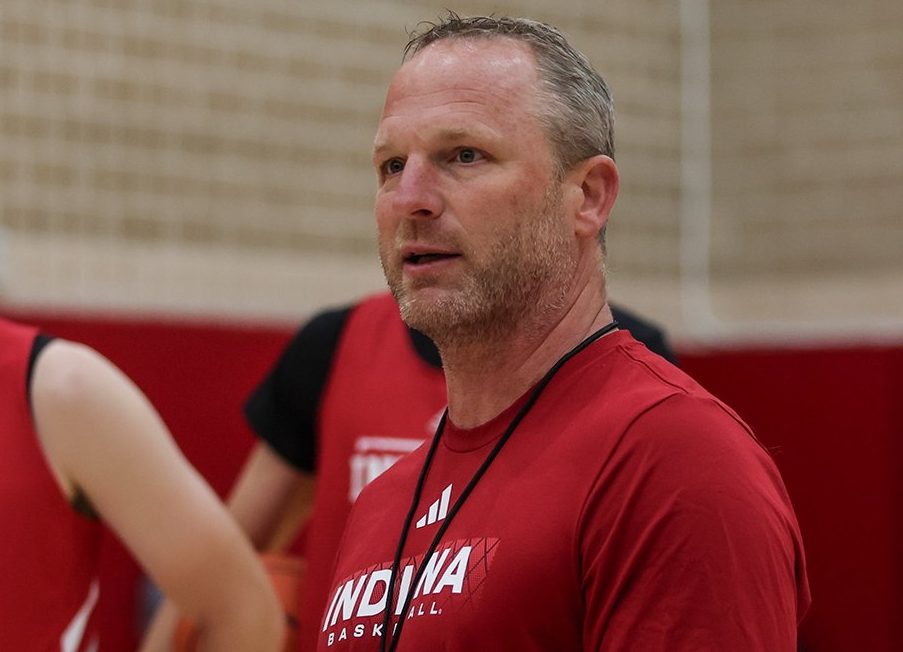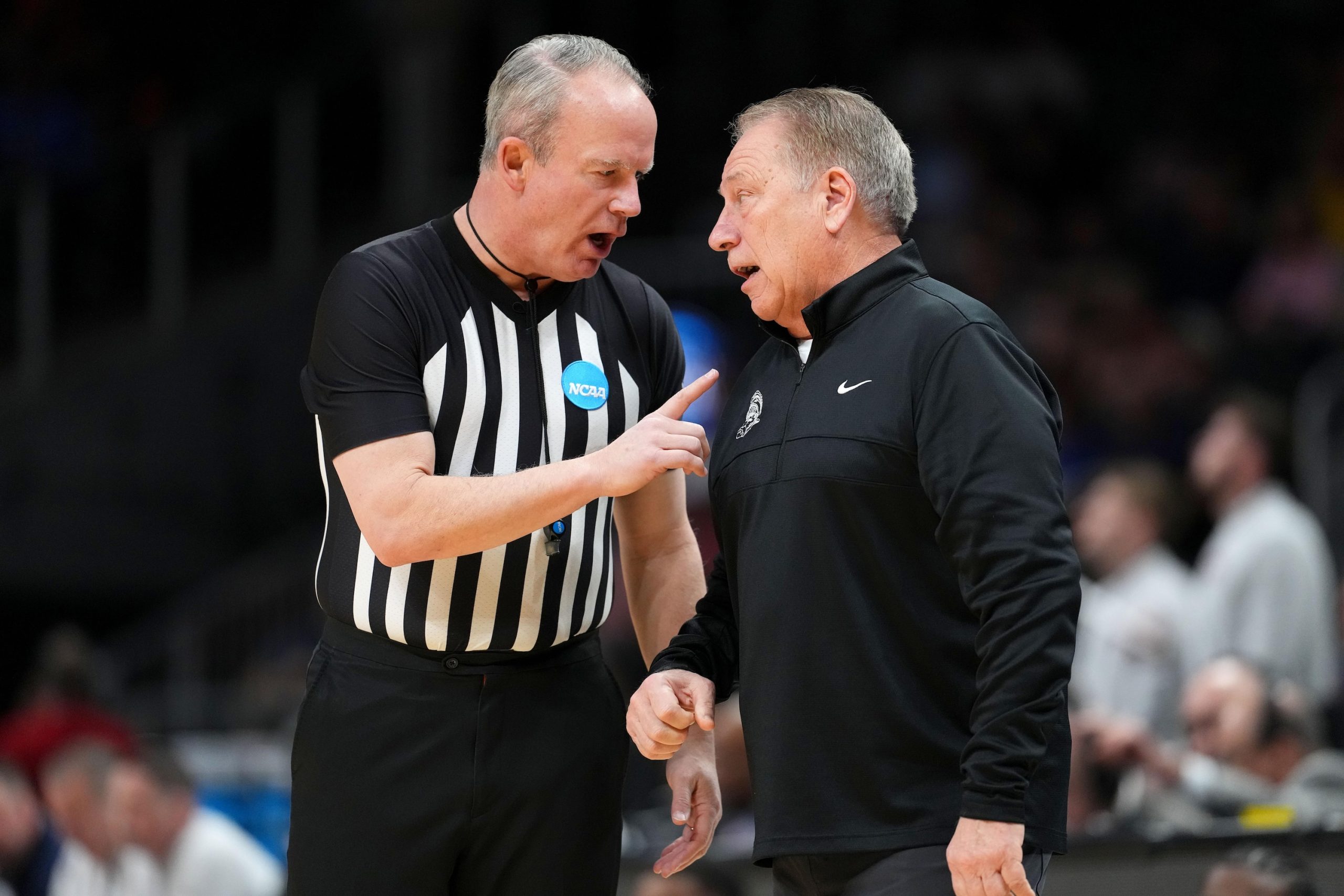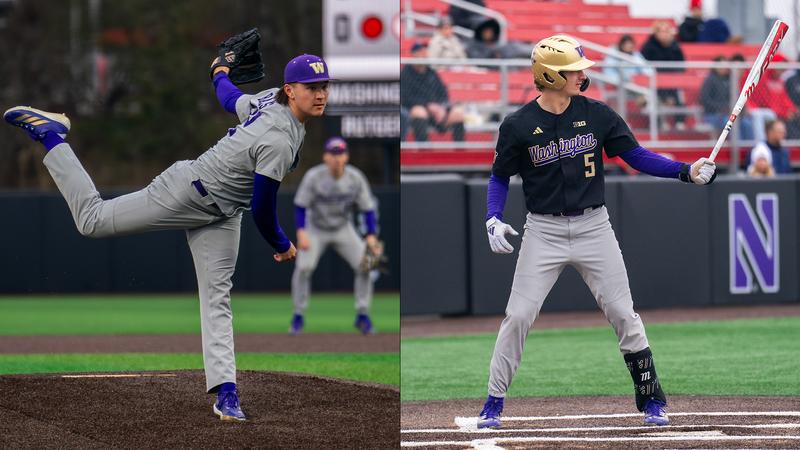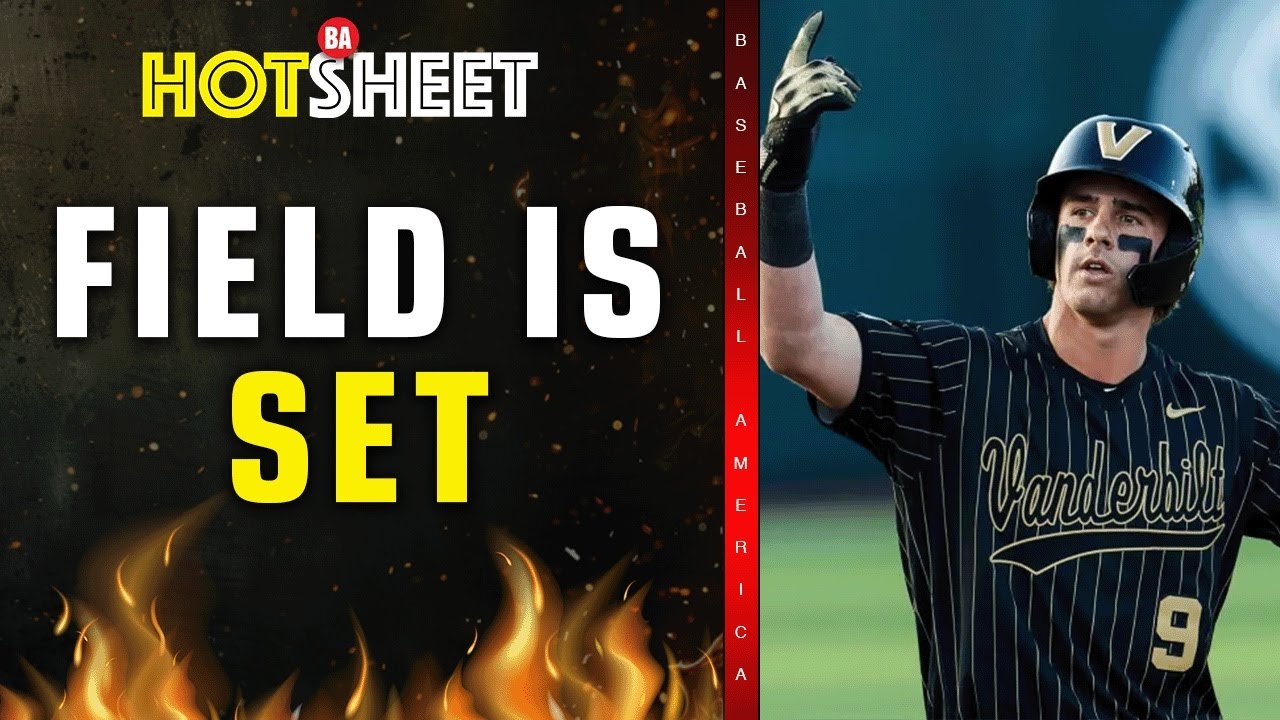While Arizona’s Carter Bryant and Jaden Bradley have officially entered the NBA Draft, fewer players are doing so every year.
The NBA’s official list of early entrants released Tuesday named just 106 players including Bryant, a projected first-round pick who could leave the Wildcats for good, and Bradley, who is testing the draft for a second straight spring but is expected to return.
In a clear sign that NIL and expected revenue-sharing payments are encouraging college players to stick around, the NBA’s list of early entrants is down from 195 players last spring and 242 in 2023. In 2022, the NBA had 283 early entrants and 353 in 2021, just before NIL became legal in college sports.
This spring, the trend is accelerating as colleges are scrambling to offer players up to seven-figure amounts of combined NIL and revenue-sharing funds before the House settlement is approved, after which the NIL portions may be subject to scrutiny.
People are also reading…
Bryant would receive a guaranteed two-year contract worth at least $5.5 million if he lands in the first round as expected, but the NBA Draft might be less appealing for top players who might slip into the second round or go undrafted.
Second-round contracts are not required to be guaranteed, and the NBA rookie minimum will be about $1.27 million in 2025-26, less than what many top college players are reportedly receiving out of the transfer portal this spring.
Also, players who sign two-year contracts between the NBA and G League will receive just $578,000, while those undrafted players on standard G League or international deals will likely earn even less.
Texas Tech forward JT Toppin, a possible first-round NBA Draft pick, even skipped the draft process entirely to return to the Red Raiders and earn a reported $4 million next season.
NBA Draft analyst Matt Babcock, a former UA walk-on player, wrote that NIL is changing “everything” for top college players with uncertain NBA futures.
“The risks and financial downside of leaving school too early are greater than ever,” he said.
Bradley isn’t expected to leave Arizona because he isn’t a projected draft pick and has signed a revenue-sharing agreement to play for UA next season. As the Wildcats’ starting point guard in 2024-25, Bradley led the Wildcats in assists (3.7) and minutes (34.1) while averaging 12.1 points a game.
Bryant averaged 6.5 points and 4.1 rebounds off the bench, but still attracted considerable NBA attention because of his versatility, potential and a 6-8 frame that is prototypical for an NBA wing player.
“He’s gonna test the NBA Draft, and he’s going to make the best decision for himself,” Lloyd said of Bryant earlier this month.
Martinez heading to High Point
Former Arizona guard Conrad Martinez will continue his college basketball career at High Point.
Both Martinez and High Point posted the news to Instagram last week after Martinez spent three weeks in the transfer portal following his departure from the Wildcats.
“Yessir,” Bradley posted in response.
Martinez played only sparingly in 41 games over two seasons with the Wildcats but will likely receive a much bigger opportunity at High Point, which went 29-6 and reached the NCAA Tournament in 2024-25 while winning the Big South regular-season and tournament titles. Of High Point’s two point guards, Kezza Giffa transferred to USC and Bobby Pettiford ran out of eligibility.
In 2024-25, Martinez averaged 1.3 points and 0.8 assists for the Wildcats while averaging 5.0 minutes in 22 games. He mostly played in UA’s big wins or when Bradley was in foul trouble, but held his own in an 11-minute appearance at Iowa State on March 1 and during a six-minute stretch of UA’s season-ending loss to Duke in the Sweet 16 on March 27.
Martinez was the fourth international UA recruit to enter the portal after failing to break into the Wildcats’ playing rotation as freshmen or sophomores.
Adama Bal (Santa Clara), Filip Borovicanin (New Mexico and now Xavier) and Martinez all spent two seasons of limited playing time with the Wildcats, while Lithuanian forward Paulius Murauskas left after a one-season audition in Arizona and became the WCC’s Newcomer of the Year in 2024-25 at Saint Mary’s.
Liam Lloyd ties knot
Bryant, Martinez and Bradley were among the many UA players and staffers on hand for the wedding of former UA guard Liam Lloyd on Saturday at the downtown Stillwell House.
Liam, the son of UA coach Tommy Lloyd and likely a Wildcat graduate assistant next season, married Halle Jenkins. The couple had a baby boy, Luka, in June 2024.
Other players attending the wedding included Tobe Awaka, Trey Townsend, Anthony Dell’Orso, Emmanuel Stephen, Jackson Cook, Jackson Francois, Grant Weitman, Luke Champion, Will Menaugh and Will Kuykendall.
Lloyd hitting SoCal tour stop
Tommy Lloyd, UA football coach Brent Brennan, AD Desireé Reed-Francois and volleyball coach Rita Stubbs are all scheduled to attend a “Bear Down Takeover” fan event Thursday in Anaheim, Calif., during an Angels-Tigers baseball game.
The UA contingent is expected to gather at Brewery X, on the Angel Stadium Club Level, starting at 5:30 p.m., with first pitch set for 6:38 p.m.
Contact sports reporter Bruce Pascoe at bpascoe@tucson.com. On X(Twitter): @brucepascoe



































 Stephen A. responds to LeBron’s NBA coverage criticism | First Take
Stephen A. responds to LeBron’s NBA coverage criticism | First Take





 (via @nbcsportsauthentic/TT)
(via @nbcsportsauthentic/TT)























